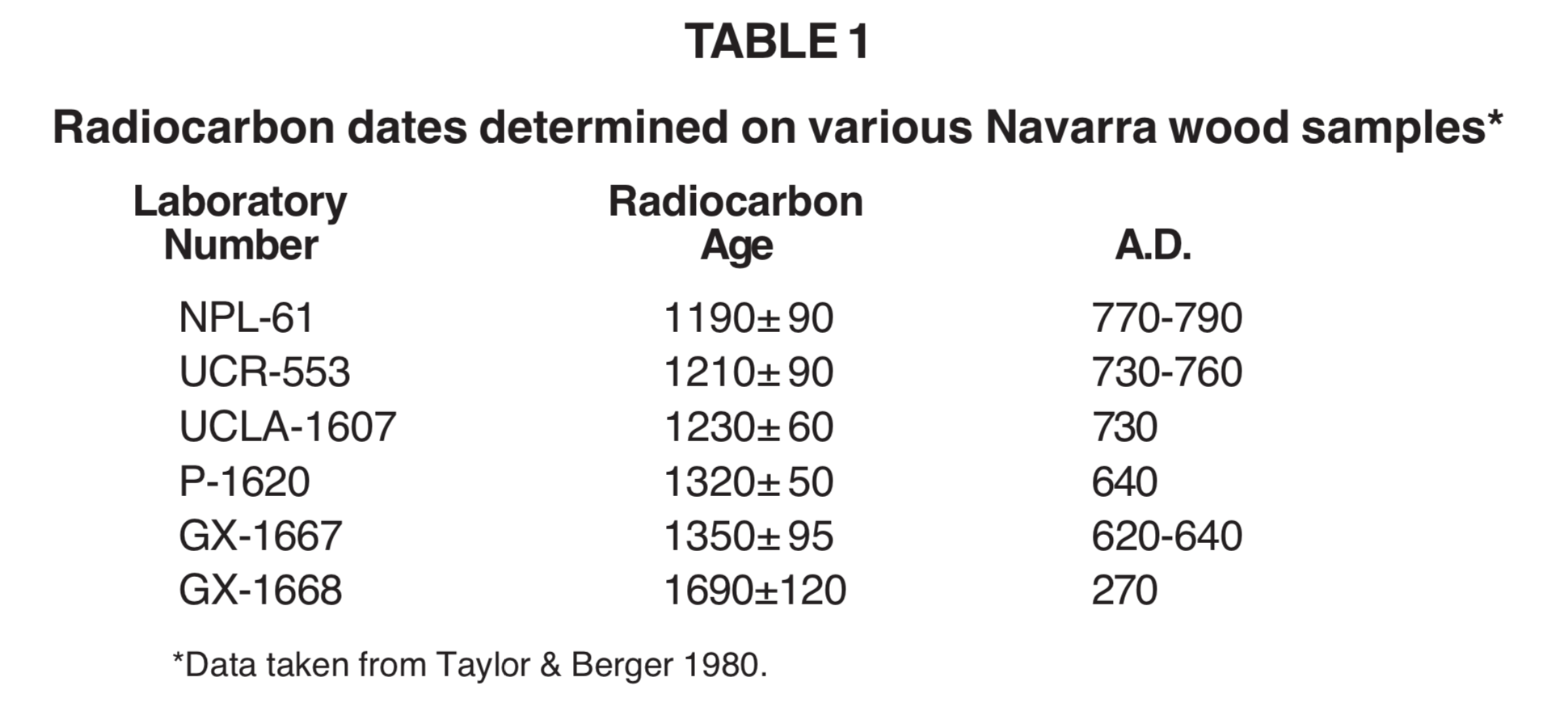©Copyright 2018 GEOSCIENCE RESEARCH INSTITUTE
11060 Campus Street • Loma Linda, California 92350 • 909-558-4548

WOOD FROM THE ARK- A KNOTTY PROBLEM
Book Review by Richard D. Tkachuck
Geoscience Research Institute
WOOD FROM “MOUNT ARARAT”: NOAH’S ARK? L. R. Bailey. 1977. Biblical Archaeologist 40:137-146. THE DATE OF “NOAH’S ARK.” R. E. Taylor and R Berger. 1980. Antiquity 54:34-36.
Few, if any, ideas held by creationists elicit more excitement than the possibility of finding Noah’s ark. For most creationists, this discovery would summon the death knell for evolution. If one could find a very large boat resting on the side of a mountain somewhere in Turkey, one would then seem to have irrefutable proof for the Genesis accounts of creation and the flood. Thus, any report claiming its existence is received with widespread attention in both the religious and nonreligious world. Such statements frequently are picked up by the press, because they make such dramatic reading material.
In recent years, the strongest claim for the existence of the ark has come from a retired French industrialist-turned-explorer named Ferdinand Navarra. In two expeditions, one in 1955 and the other in 1969, Navarra claims to have found the ark, and both times he returned with wood specimens to confirm his statements. That this wood came from Mt. Ararat is not seriously discounted. But disagreement over the age of these wood specimens has not been resolved. This controversy has been discussed in two recent articles in the scientific literature, written by L. R. Bailey (1977) and R. E. Taylor & R. Berger (1980).
The article by Bailey gives a comprehensive picture of the history surrounding the acquisition and dating of the wood. Early claims for an approximate 5000-year age was based on the color and density of the wood specimen, as well as the degree of lignitization of the wood. Bailey convincingly demonstrates that the methods for dating the wood are freighted with a large number of assumptions that cast serious doubt upon the validity of the tests which have given the wood a purported age of four to six thousand years. When dated by 14C methods, the wood was revealed to be of a much younger age.
Both articles present data from several independent laboratories that dated the wood from the 1955 and 1969 collections. These are shown in tabular form below (see Table 1). As can be seen, the dates for the wood converge around 700 A.D., significantly later than a flood date.

The dates obtained by radiocarbon analysis have been criticized by creationists as being based on incomplete or inaccurate methodology and inadequate sample preparation, along with various geological and geophysical factors that could influence the dates received. For example, it has been said that the Navarra wood contained contaminants of more recent carbon material which gave it a more recent date. However, in some samples, cellulose was extracted, and only the carbon within the cellulose was analyzed. Thus this experiment eliminated the possibility of extraneous contamination.
It has also been suggested that because the wood was obtained at a very high altitude (13,000 feet), the atmospheric condition would allow more 14C to be produced because of the increased radiation at the altitude. However, Taylor & Berger negate this argument by stating that although the bristlecone pine 14C data were obtained from specimens at a very similar altitude, they show only a limited variation from tree-ring data. The authors conclude that Navarra’s wood samples are from some other ancient structure and not from the ark.
A potentially more perplexing problem of finding 14C activity in the “ark” wood exists. Should 14C activity be found in wood from the ark, how would one explain the lack of 14C activity in the coal and petroleum deposits which were presumably made from wood of a similar source?
Much as one would like to have the ark found and would wish the Navarra wood to be part of it, the cause of creationism is hurt more by faulty scholarship than by absence of data. To convince an individual on the basis of poor or incomplete data that are later shown to be falsely interpreted is to create cynicism for all data. This cynicism will cause the individual to treat with skepticism and scorn other data that have a much stronger basis in fact and that should be accepted.